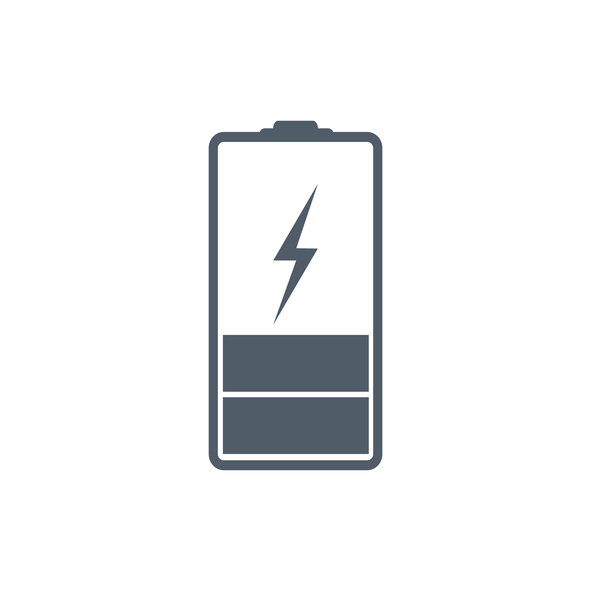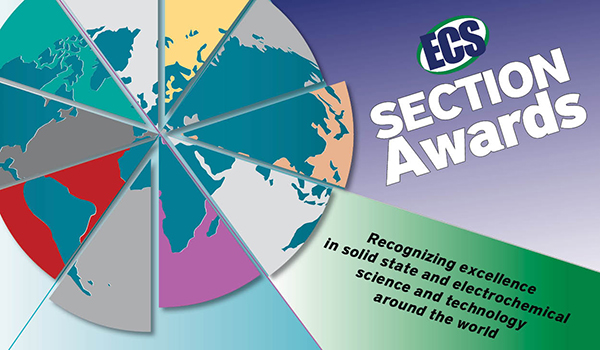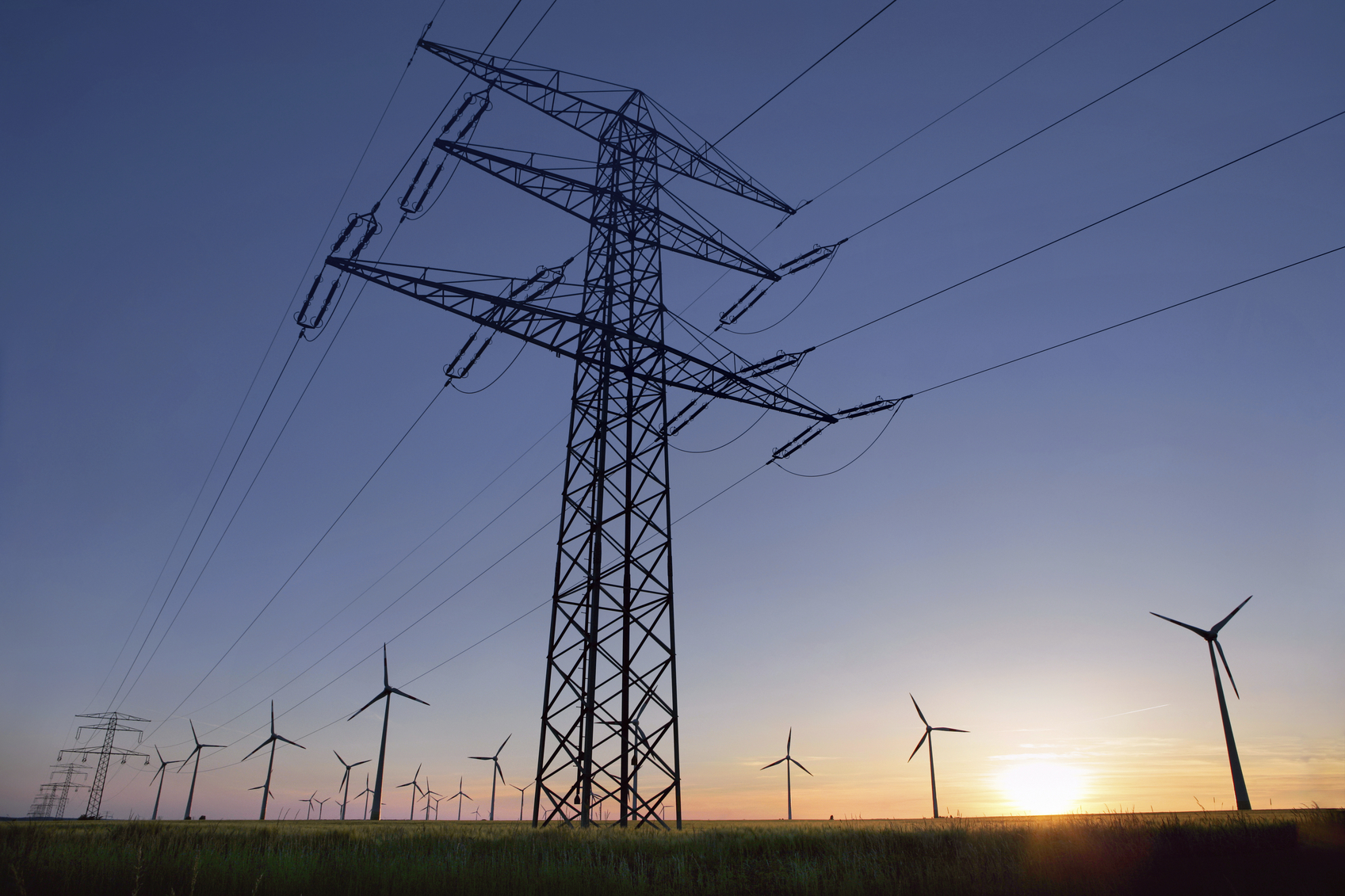In May 2017, we sat down with ECS Senior Vice President Yue Kuo and ECS’s newly elected 3rd Vice President Stefan DeGendt at the 231st ECS Meeting in New Orleans. The conversation was led by Roque Calvo, ECS’s executive director and chief executive officer.
Kuo joined ECS in 1995. Since then, he has been named ECS fellow and served as an editor for both the Journal of The Electrochemical Society and the ECS Journal of Solid State Science and Technology. His research efforts have made a tremendous mark on the scientific community, earning him the ECS Gordon E. Moore Medal for Outstanding Achievement in Solid State Science in 2015.
DeGendt is also an ECS fellow and was recently elected to the Society’s board of directors. Since joining ECS in 2000, DeGendt has participated in the organization of several meeting symposia and currently serves as a technical editor of the ECS Journal of Solid State Science and Technology.
Listen to the podcast and download this episode and others for free through the iTunes Store, SoundCloud, or our RSS Feed. You can also find us on Stitcher and Acast.



 In an effort to develop a more affordable, plentiful alternative to lithium-ion batteries, researchers from Purdue University are pursuing rechargeable potassium based batteries, demonstrating a way to derive carbon for battery electrodes from old tires.
In an effort to develop a more affordable, plentiful alternative to lithium-ion batteries, researchers from Purdue University are pursuing rechargeable potassium based batteries, demonstrating a way to derive carbon for battery electrodes from old tires.
 Nomination Deadline: August 1, 2017
Nomination Deadline: August 1, 2017 Nomination Deadline: September 1, 2017
Nomination Deadline: September 1, 2017 Science is messy, but it doesn’t have to be dirty.
Science is messy, but it doesn’t have to be dirty.
 On June 21, publishing giant Elsevier won a legal judgement against websites like Sci-Hub, which illicitly offer access to over 60 million academic articles. The court ruled in Elsevier’s favor, awarding the publisher $15 million in damages for copyright infringement.
On June 21, publishing giant Elsevier won a legal judgement against websites like Sci-Hub, which illicitly offer access to over 60 million academic articles. The court ruled in Elsevier’s favor, awarding the publisher $15 million in damages for copyright infringement.